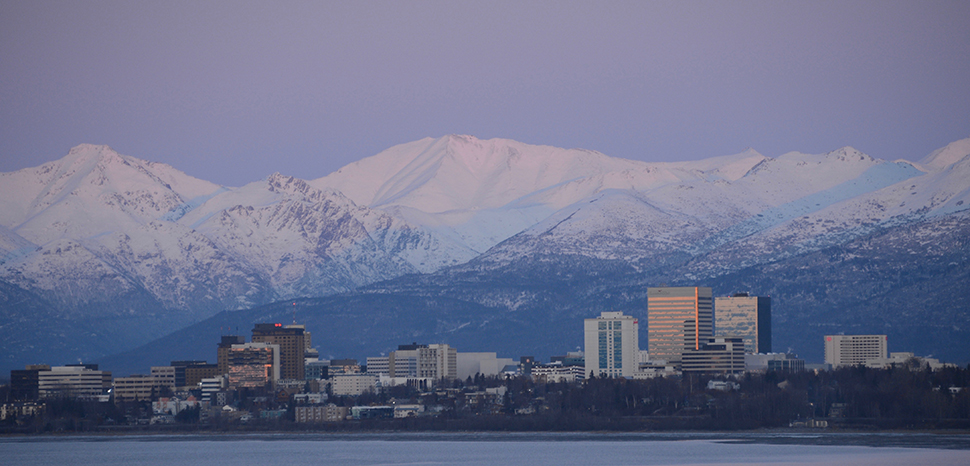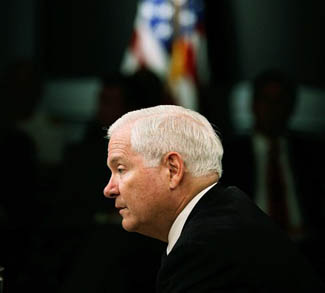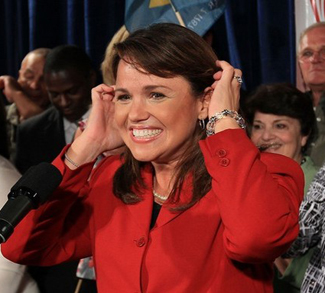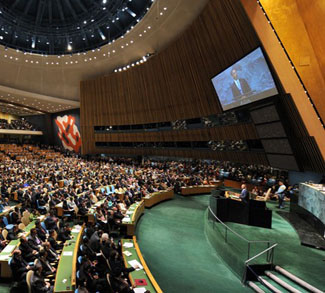In 2020, business entrepreneur Andrew Yang staked his presidential ambitions on a single policy proposal: guaranteed universal basic income for all Americans. Mocked by pundits and politicians alike, the particular administrative mechanics behind Yang’s vision proved clunky at best. But years after his aspirations for higher office ended in disappointment, the dialogue Andrew Yang initiated is still going strong. In fact, for Alaskans, the concept behind universal basic income has been alive and well for the last 40 years.
Established in 1976, The Alaska Permanent Fund (APF) is a public trust in which a portion of the state’s oil and gas revenue is deposited each year. Managed by the state-run Alaska Permanent Fund Corporation, the portfolio is then invested into stocks and bonds, with the subsequent earnings being sent out to every Alaskan citizen annually. This intriguing Alaskan experiment constitutes both the largest and longest continuous UBI program in the country, and its history offers a realistic glimpse into what a universal basic income program could look like for the rest of the country.
In October of 1973, the Organization of Arab Petroleum Exporting Countries (OAPEC) launched one of the most consequential oil embargoes in history. Initiated by Saudi Arabia’s King Faisal, the sanctions were specifically a rebuke of US support of Israel during the Yom Kippur War, but also included other key western economies like Canada and the United Kingdom. The impact on the American economy proved devastating. Within weeks, the price of gas had increased by 40%, and nationwide shortages began to plague consumers as global oil trade decreased by 14%. With re-election around the corner, Nixon’s search for a solution took him north, all the way to Alaska’s North Slope.
In 1967, with oil reserves recently discovered beneath Prudhoe Bay, the federal government began exploring the possibility of creating a pipeline and drilling apparatus. Although Nixon had been aware of the project before, the OAPEC embargo brought it to the forefront of his domestic agenda. As the need for domestic oil production became increasingly dire, Nixon urged Congress to approve the project. The Trans-Alaska Pipeline Authorization Act passed in November, and oil companies signed off on the project the following January.
Although supportive of the project, Gov. Jay Hammond harbored reservations about where this newfound wealth would end up. “Jay Hammond was also concerned about what we would now call crony capitalism,” Cliff Groh, an aide who worked on the project, told PBS in 2016. Hammond recognized that those most impacted by expanded drilling would be rural Alaskans, who lacked the political influence to have much say in the project. Hammond had a vision in which the money earned from leasing oil sites would go directly to the people – not government coffers or the wealthy. He called it simply, “Alaska, Inc.”
Hammond’s plan was simple: 25% of the royalties that came from oil companies would be directly deposited into a state-protected fund, which would annually send a check to every man, woman, and child in Alaska. The payments, ranging from $1,000 to $3,000, would guarantee that every citizen would be properly compensated by the private energy sector which was extracting nonrenewable resources. To Hammond, it was a generational investment which would ultimately, “transform oil wells pumping oil for a finite period into money wells pumping money for infinity.”
In a way, by providing every Alaskan a financial stake in the oil industry, Hammond’s plan ensured that future politicians couldn’t tangle with the payments without facing electoral pitfalls. It was political genius, and the defining accomplishment of Hammond’s tenure. “The dividend was designed to make the people aware that it’s their money,” Clem Tillion, an Alaskan state representative said in an interview. “This is a share of what their money earns. Not a fixed amount, that’s a welfare check. “Although the original plan was struck down by the courts, an altered version of the dividend fund was eventually enshrined through the state constitution via referendum in 1976. Later in 1980, the Permanent Fund Dividend Division was established to oversee the program directly.
Over the years however, the program has not been without its detractors. In 2016, using falling oil prices as the catalyst, Independent Governor Bill Walker slashed dividend payments by half. Walker argued that it was the only way for the program to continue, but GOP challenger state Sen. Mike Dunleavy disagreed. In atypical fashion for a self-avowed conservative, Dunleavy launched a campaign for governor which almost exclusively championed increasing the annual payments. In fact, the Republican lawmaker promised an increase of over $6,000 each year. Dunleavy would go on to win the governor’s race by nearly 10%.
The politics behind universal basic income are controversial, but for Alaskans, the results have spoken for themselves. A 2016 study by the University of Alaska Anchorage demonstrated that since the program started, poverty has declined by 20%. Further research has even suggested that these payments have also decreased the rate of obesity by as much as 5%, and overall greatly contributed to the health of newborns whose parents could afford better care. Contrary to the popular anecdote that guaranteed income could reduce the workforce, the Alaskan experiment has demonstrated that this is not necessarily true. A study published by the National Bureau of Economic Research in 2018 showed that the payments had no effect on full-time employment, and part-time employment actually increased.
The APF does not constitute a perfect case study; the payments are substantially lower than most proposed national programs, and the system itself utilizes a consistent stream of dedicated revenue. In addition, Alaska does not have an income tax or sales tax, further contributing to their unique style of economic management. But scholars have argued it’s still the best example available. “The Alaska Permanent Fund is the closest thing we have to a real-world UBI,” said Jesse Rothstein, an economist at the University of California Berkeley. Although international examples of sustained UBI programs do exist, Alaska boasts the most relevant initiative that should be more often taken into consideration.
Andrew Yang isn’t the only one calling for universal basic income. Senator Bernie Sanders has repeatedly expressed interest in the idea. Hawaii State-representative Chris Lee passed successful legislation in 2017 which directed the government to begin officially exploring the concept. And most recently, President Biden’s American Rescue Plan sponsored relief checks of $1,400 per-person at the height of the pandemic. Universal Basic Income remains an unpopular point of contention for many Americans, yet nevertheless, its influence has clearly grown in the last several years. But if it’s to be taken seriously as a policy proposal, its proponents must start examining the models where it arguably has worked. For many Alaskans, the Permanent Fund represents what can be accomplished when the government advocates on behalf of its citizens. It’s an idea that those of us to the south should seriously consider.
The views expressed in this article belong to the authors alone and do not necessarily reflect those of Geopoliticalmonitor.com.




